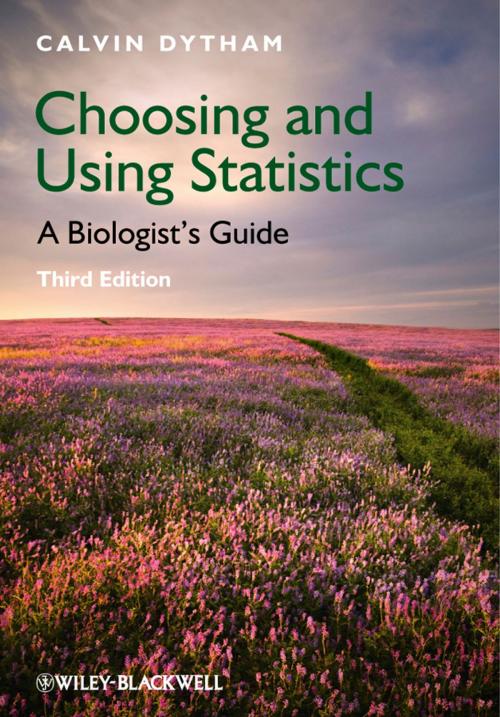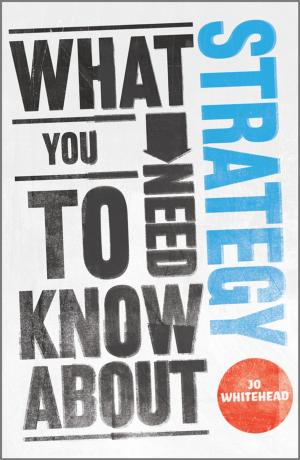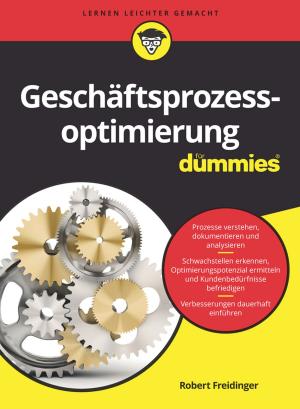Choosing and Using Statistics
A Biologist's Guide
Nonfiction, Science & Nature, Science, Biological Sciences| Author: | Calvin Dytham | ISBN: | 9781444348217 |
| Publisher: | Wiley | Publication: | August 2, 2011 |
| Imprint: | Wiley-Blackwell | Language: | English |
| Author: | Calvin Dytham |
| ISBN: | 9781444348217 |
| Publisher: | Wiley |
| Publication: | August 2, 2011 |
| Imprint: | Wiley-Blackwell |
| Language: | English |
Choosing and Using Statistics remains an invaluable guide for students using a computer package to analyse data from research projects and practical class work. The text takes a pragmatic approach to statistics with a strong focus on what is actually needed. There are chapters giving useful advice on the basics of statistics and guidance on the presentation of data. The book is built around a key to selecting the correct statistical test and then gives clear guidance on how to carry out the test and interpret the output from four commonly used computer packages: SPSS, Minitab, Excel, and (new to this edition) the free program, R. Only the basics of formal statistics are described and the emphasis is on jargon-free English but any unfamiliar words can be looked up in the extensive glossary. This new 3rd edition of Choosing and Using Statistics is a must for all students who use a computer package to apply statistics in practical and project work.
Features new to this edition:
- Now features information on using the popular free program, R
- Uses a simple key and flow chart to help you choose the right statistical test
- Aimed at students using statistics for projects and in practical classes
- Includes an extensive glossary and key to symbols to explain any statistical jargon
- No previous knowledge of statistics is assumed
Choosing and Using Statistics remains an invaluable guide for students using a computer package to analyse data from research projects and practical class work. The text takes a pragmatic approach to statistics with a strong focus on what is actually needed. There are chapters giving useful advice on the basics of statistics and guidance on the presentation of data. The book is built around a key to selecting the correct statistical test and then gives clear guidance on how to carry out the test and interpret the output from four commonly used computer packages: SPSS, Minitab, Excel, and (new to this edition) the free program, R. Only the basics of formal statistics are described and the emphasis is on jargon-free English but any unfamiliar words can be looked up in the extensive glossary. This new 3rd edition of Choosing and Using Statistics is a must for all students who use a computer package to apply statistics in practical and project work.
Features new to this edition:
- Now features information on using the popular free program, R
- Uses a simple key and flow chart to help you choose the right statistical test
- Aimed at students using statistics for projects and in practical classes
- Includes an extensive glossary and key to symbols to explain any statistical jargon
- No previous knowledge of statistics is assumed















